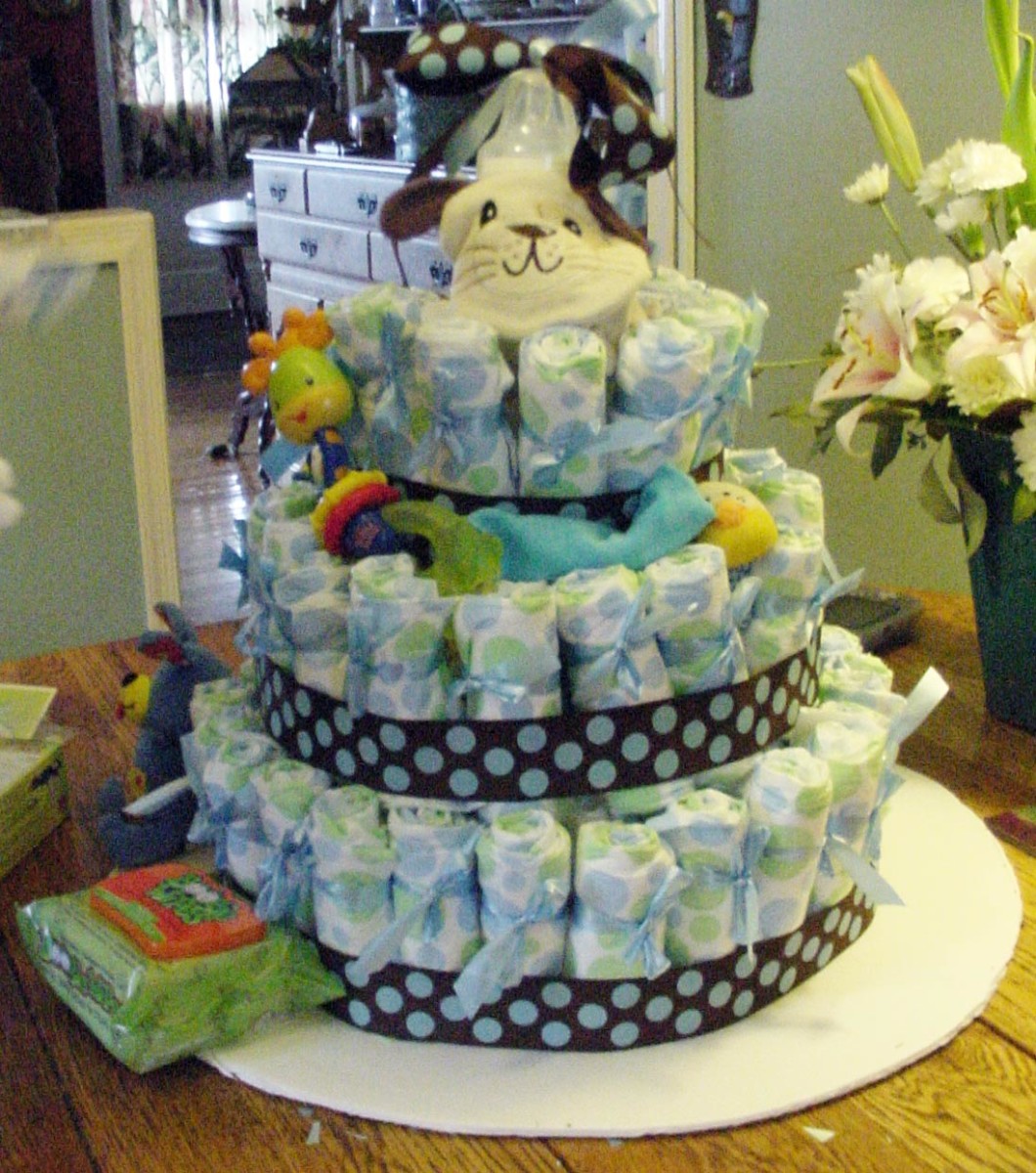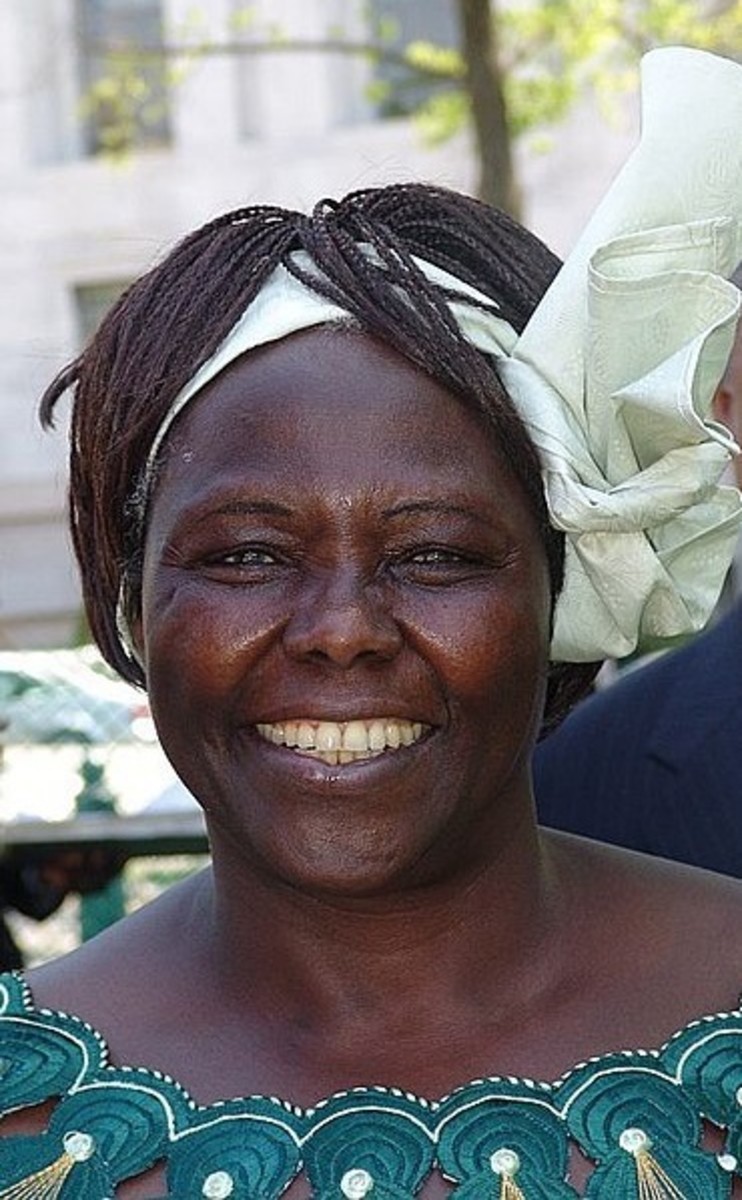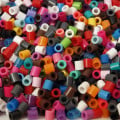How to Potty Train a Baby
Natural Infant Hygiene
The war of the diapers - cloth versus disposable - is passe. To Diaper or Not to Diaper - that is the new question.
When my son was about 5 months old, a friend lent me a book called, "Diaper Free" by Ingrid Bauer. The book is written by an inspiring mother who chose to go against the "norm" and raise her second child diaper free.
I have heard about this concept before. It is also referred to as "infant potty training" (IPT), "elimination communication" (EC) or "Natural Infant Hygiene" (NIH).
Similarly to my parents and my in laws reaction to me when I first wanted to breastfeed, I guess I had the same reaction towards EC. It sounded like a great idea, but I wasn't too sure about putting it into practice - how do you "pee" a baby when he can't even hold his head up right?
What I didn't realise was that I didn't necessarily have to hold the baby over a potty. I could also let him pee over a towel while lying down. The idea behind EC is to remove the waste immediately rather than encourage the baby to pee and poop into his diaper. Yes, it is ironic that we are the ones who train babies to pee and poop into their diapers and then by the time they are two to three years old, we have to "untrain" them.
EC has none of the problems often associated with diapering (whether you use cloth or disposables). It is cost effective. It is environmentally friendly. You don't have to worry about nappy rash. You don't have to worry about harsh, drying chemicals in the diaper. It is less work in the long run because you have less diapers to wash and you won't have to worry about trying to potty train your toddler because he will already be using the bathroom by then.
The first half of the book is about the concept of "diaper free", it's roots, and the physiology of human waste production and excretion. It is interesting to note that an anti-diuretic hormone helps keep baby "drier" at night. I noticed myself that often my son's diaper would be relatively dry after a whole night when I change it at 6am in the morning, yet, between 6am and his morning bath, it is full.
After I read the book "Diaper Free", I tried practicing EC on my son for part of the day. One of the things about EC is that it doesn't necessarily have to be an "all or nothing" approach. If practicing EC 24 hours a day seems too much for you, then adopt it for a few hours a day and increase the period of time as you feel comfortable.
Although my son was almost 6 months old when I started EC - reaching the end of the recommended window period to introduce EC to a baby - it is worth knowing that Jane Fonda's son didn't start until he was a year old and he still managed to learn.
That said, there are reasons why they recommend you start earlier. By six months, a baby is more mobile and beginning to exercise his vocal chords just on a whim, it is not easy deciphering when he is noise making is just him enjoying the sound of his voice or when he really wants something. The other downside is that by that time, he has been semi-conditioned to pee and poop into his diaper so practicing EC at that late stages means having to un-condition him. Diaper Free writes that babies are born with the awareness of eliminating, however, once they are passed six months, they have grown so accustomed to peeing and pooping in their diapers that they tend to ignore their body's cues.
The 4 Tools for Practicing Natural Infant Hygiene
There are four tools to use when practicing EC, these are:
- Timing
- Baby's signals
- Intuition; and
- Mummy's cues
Timing
Timing involves knowing things like when baby is most like to eliminate. For instance, on waking up in the morning, most babies will need to eliminate. Other common elimination times are during or after feeding and after naps. Different babies will have different elimination patterns but once you learn them, you will be able to anticipate when your baby needs to eliminate based on their timing patterns.
Here are some examples of timing patterns and rhythms you can try:
- either immediately or a few minutes after waking up
- 0, 5, 10, 15 minutes after nursing
- at frequent, regular periods in the morning
- at less frequent, regular periods in the afternoon
- either before, during or after nursing sessions at night.
Baby's Signals
Babies who have not yet been conditioned to pee or poop in their diaper will usually show signs of wanting to eliminate. For instance, they may fuss a little, or they may wear a look of concentration, they may cease in whatever they are doing, or they may even increase in activity. As you continue to practice EC, your baby will eventually be able to signal by reaching for you so they can be taken to their "potty".
Here are some body language and signals to look out for:
- squirming, "fussing," vocalizing
- tensing the face, raising the eyebrows
- frowning or having a look of "inner concentration"
- becoming still and pausing in activity
- agitation or sudden increase in activity
- stirring or waking from sleep
- looking intently or reaching for you
- reaching for the potty, or indicating towards the toilet place
Intuition
Some mothers just instinctively know when their babies need to eliminate. Diaper Free says that as you continue to practice EC, you will develop a stronger intuition to your baby's elimination needs so don't worry if you are like me - completely devoid of intuition - or even if you aren't as intuitive as other mothers are.
Here are some examples of "intuitive" feelings you might already be having but are ignoring. Look out for:
- a sudden thought along the lines of "She needs to pee."
- wondering or questioning, "Does he need to go?"
- "seeing" or "hearing" the word "pee" or cueing sound (see below)
- "just knowing" that your baby needs to pee
- feeling the urge to pee yourself
- feeling a warm wet spreading over your lap or other area while baby is dry
Mummy's Cues
This sounds a little like the practice of classical conditioning. Anyone who has ever studied psychology will know about Pavlov's famous experiment with his dog. If you haven't, here's what happened:
Pavlov wanted to see if he could condition his dog to react to a stimulus that didn't have any bearing to the original stimulus that activated the reaction. For instance, when a dog sees food, he naturally starts salivating in anticipation of eating. What Pavlov did was whenever he fed his dog, he would ring a bell. He continued to do this until his dog had become so accustomed to hearing the bell in relation to feeding that the dog would start to salivate even if Pavlov didn't bring the food and all he did was ring the bell.
With EC, the idea is that whenever you take baby to pee or poop, you hold him in a specific peeing or pooping position and make a cuing sound. For instance, when I take Gavin to pee, I'll hold him in a squatting position over the toilet bowl and make a "ssss" sound. Diaper Free also suggests that you do this even if you suspect baby is already peeing in his diaper. Just hold him in the peeing position and make the cuing sound even though the diaper and clothes are on.
How to Practice Natural Infant Hygiene
Now that you have an idea about when your baby might need to go, you are ready to take the next step. When you think your baby needs to eliminate, hold her in a gentle and secure manner over your preferred receptacle. This could be the toilet, sink, potty, bucket, diaper, tree, or any other appropriate place. The exact position of the baby will depend on the receptacle you choose. Generally, she will be more or less in a deep squat, cradled in your arms with her back to your tummy. The main thing is to keep her secure and to think about your aim.
Once your baby is comfortably in position, make a specific cueing sound to "invite" your baby to pee or poop. In most places where EC is practiced culturally, caregivers use a watery sound such as "psss". This sound, along with a particular position, is used to signal or stimulate the baby's elimination. When you are starting out, make your cueing sound every time you notice your baby peeing. Within a few days, your baby will associate the sound with the act of eliminating. By practicing EC consistently, your baby will learn to release her bladder at will upon hearing the cueing sound and/or being held in the potty position.
From this point on, a strong line of communication about elimination will establish itself between baby and caregiver. Continue to observe your baby's timing and signals and to listen to your intuition. When you think it is time, hold her in position and give your cueing sound. If it is near time to go, your baby will do so at your cue. If not, she will signal "no" by resisting being held in position, arching her back, or simply not peeing. Never try to force your baby to eliminate. Just go back to whatever you were doing and offer another pee opportunity later. If your diapered baby has wet or soiled herself, simply replace the diaper with a clean one as soon as you notice. This will help your baby learn to keep herself dry by signaling her needs to you beforehand.
My Personal Experiences Practicing Natural Infant Hygiene
Judging from my experience of practicing EC, I have discovered:
- I have zero intuition - all my successes at peeing my son seem to originate more from luck than anything else.
- My ability to read son's signs is also somewhat questionable. I attribute this partly to the fact that Gavin has already been conditioned to pee and poop in his diaper. The only sign I know how to read is the fact that when he needs to pee, his penis will stand a little erect. So I've taken to taking a peek inside his diaper whenever I am trying to guess when he next needs to pee. So far, so good.
- Even without being able to "know" when Gavin needs to eliminate or read his signs very well, I still managed to get some sort of coordinated EC working with Gavin by using the other two tools - cuing and timing.
- Initially my sense of timing was also horrible. For instance, Diaper Free says that peeing baby upon waking is usually one of the easiest times to get it right. The first few times I tried it, I missed. On the up side, even if baby doesn't eliminate initially when you try to pee him upon waking, you should continue to do it because baby is learning something amazing. He tunes in to what you are doing and realises that you will take him to pee when he wakes up. I have since noticed that Gavin almost always pees now when I take him to the toilet upon waking, and if I don't, he'll pee when I open his diaper for a change.
My recommendations based on my experiences
If trying to guess when your baby is going to pee is difficult, I suggest you try what I have decided to do with Gavin. After two weeks of "sort of" practicing EC, I've noticed that although Gavin is still wetting his diaper, he seems to have gained some awareness of what I'm trying to do because he is starting to eliminate whenever I take off his diaper whether I take him to the toilet or not.
For instance, once when I had assumed he had already peed into his diaper before taking him for a bath, I didn't take him to the toilet. He ended up peeing into the bathwater. Another time, when I was changing his diaper, again I didn't take him to the toilet and he ended up peeing while I was changing his diaper. Whenever I take off his diaper now, I take him to the toilet and he will usually pee.
As my son got older and started solids, I found it was easier to pick up on when he needed to poop because it was easy to see him strain. Since it requires a bit of straining before anything shows, I usually have enough time to get him to the toilet before he poops. In fact, I found it was easier to read a poop than a pee.
As my son got older, we went into a lapse of practicing EC because I took him to Australia for an extended stay with his grandparents. Because it was cold, he would protest and refuse to go when I held him over the toilet. After that, we practice EC pooping and the occasional peeing but mostly kept the diapers on.
My partial experience with EC felt pretty rewarding, especially when you read the signs right. It required more effort and a need to be "aware" all the time but I think it also helps to foster a better bond with your child because you are paying more attention to his actions. My only gripe with it is that it is difficult to practice when we're out because the public toilets in our country are filthy. Removing clothes and diapers on your own while carrying the child is back-breaking.
However, I think I will still attempt to practice EC on my second child.





